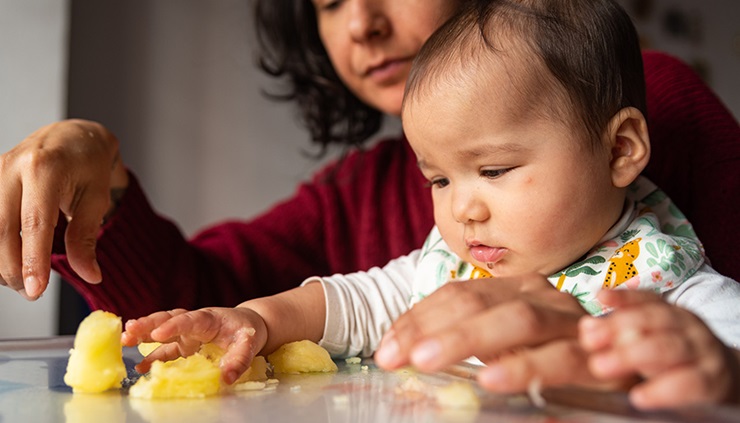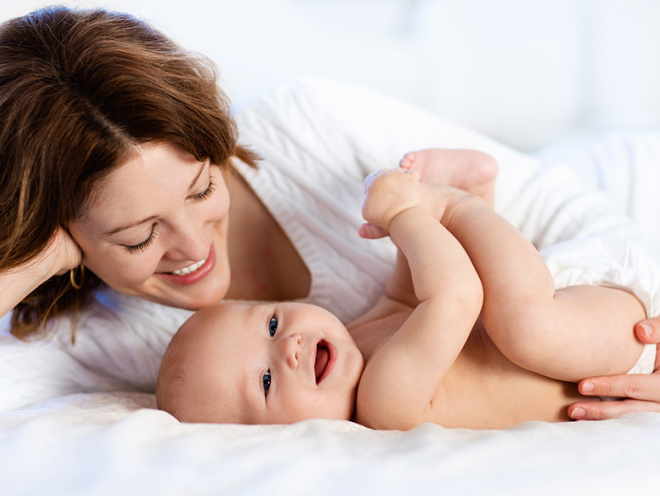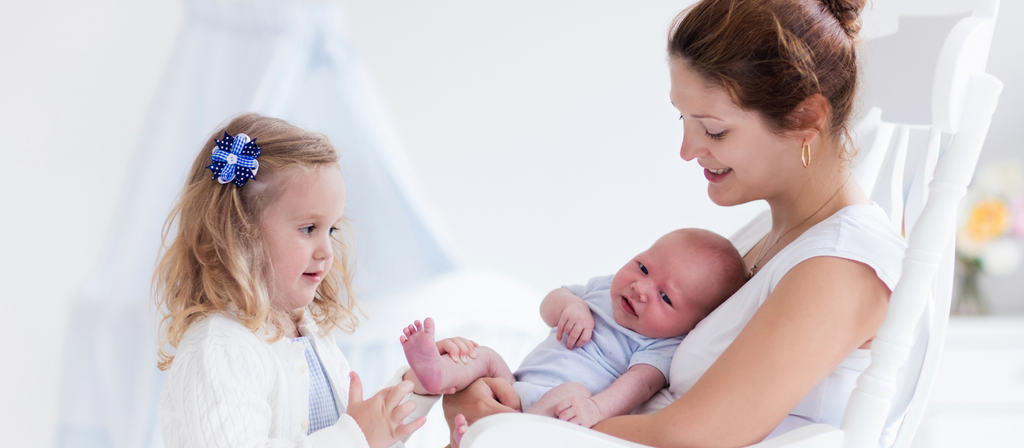
As early as the second week of pregnancy, there is a two-way flow of cells and DNA between the fetus and the mother. Cells containing DNA from the fetus cross the placenta and enter the mother’s blood circulation, while cells from the mother cross in the opposite direction and transfer into fetal circulation. Most of the cells coming from the fetus are destroyed by the mom’s immune system, but some persist and become embedded in various organs, and become a part of the parent. This phenomenon is called microchimerism, from the word “chimera,” referring to a mythical creature made from parts of different animals.

New technique replaces diseased DNA, but would give kids two mothers

4 factors that can decrease breast milk supply – and how to replenish it, Your Pregnancy Matters

My Baby Looks Nothing Like Me: A Genetic Explanation - FamilyEducation
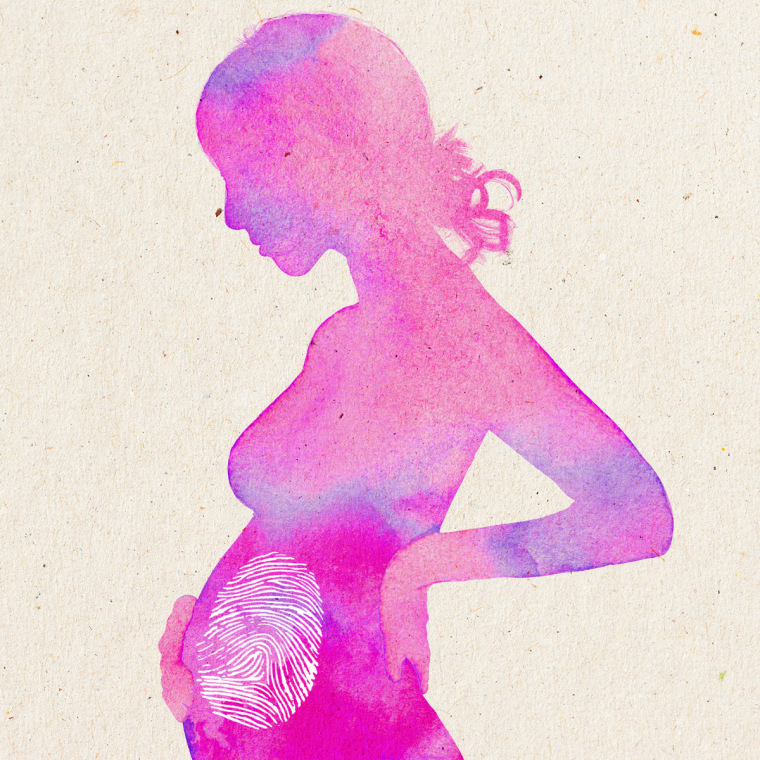
media-cldnry.s-nbcnews.com/image/upload/t_fit-760w

What is Microchimerism? Tiny Cells May Keep You Connected to Your Baby- Motherly
Are there any studies showing evidence that the DNA of previous sexual partners remains in a human woman for a lifetime? - Quora

Studies diverge on role of mother's age in autism risk, Spectrum

Mother's Day Genetics: How long does a mother “carry” a child? - Ariel Insights

New fertility procedure allows 2 women to carry same baby, presents new choices for same-sex couples - ABC7 San Francisco
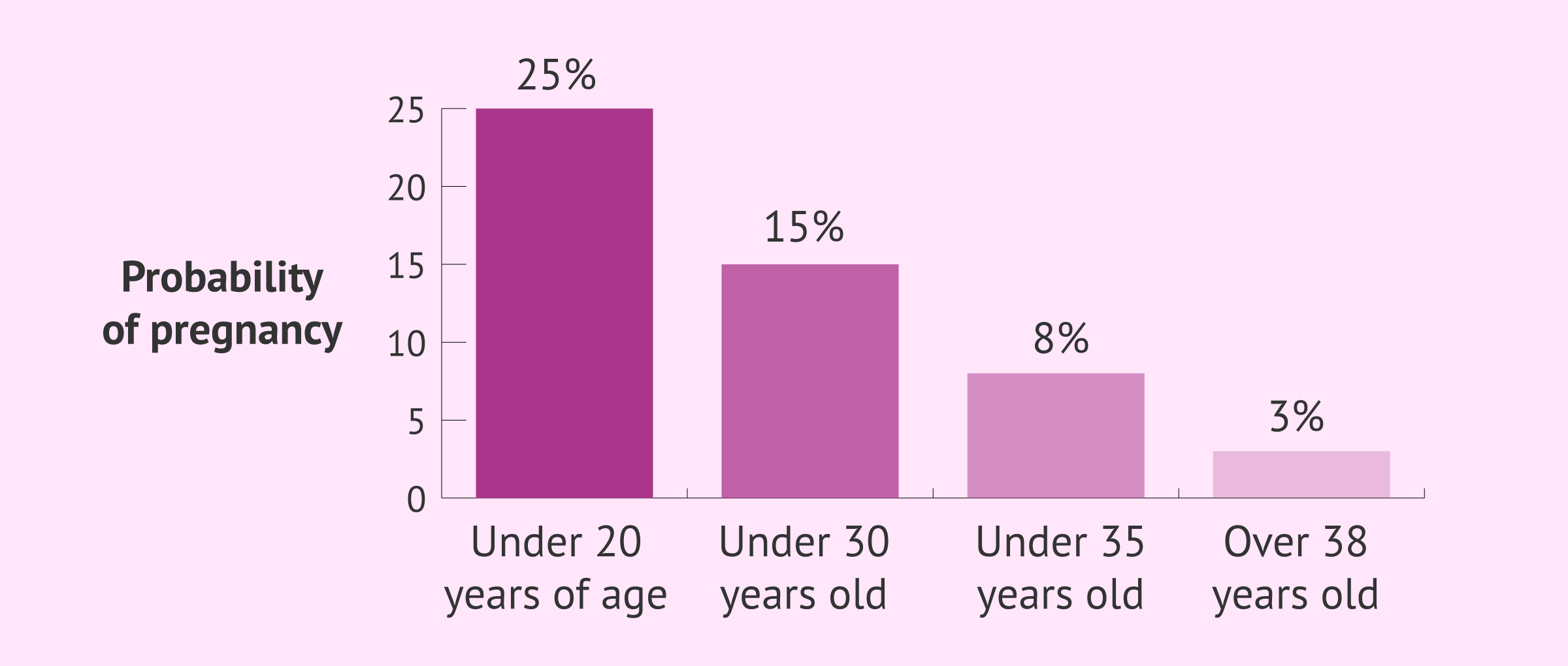
What is the best biological age to become a mother?
